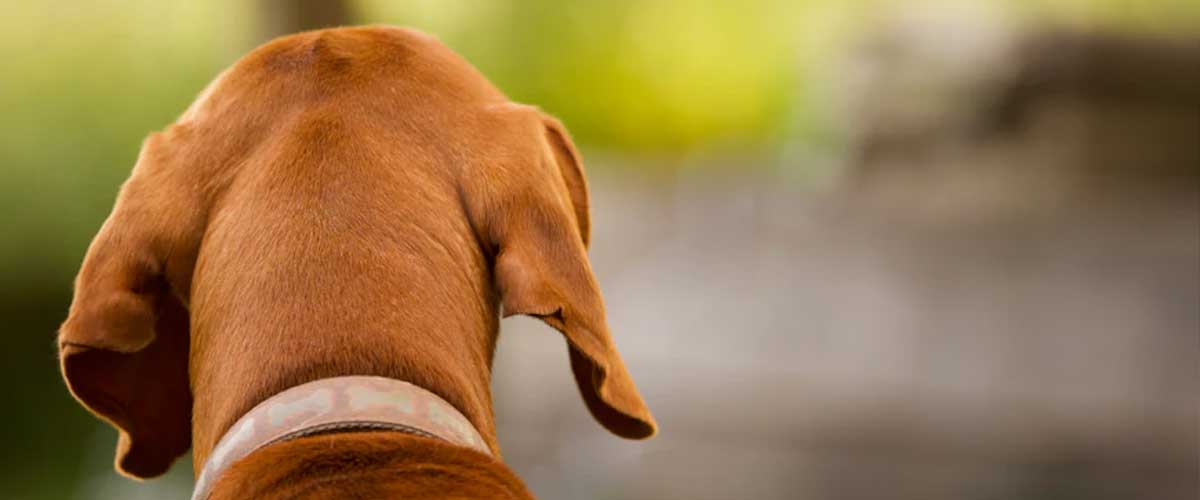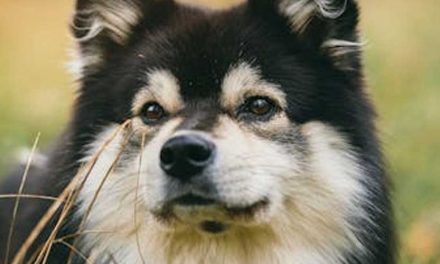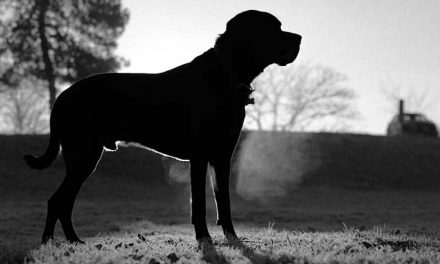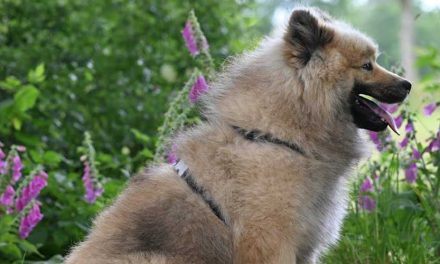The Basset Fauve de Bretagne is a delightful breed that embodies both charm and versatility.
Originally developed in the Brittany region of France, this breed is known for its striking appearance, lively personality, and exceptional hunting skills.
With its unique blend of features, the Basset Fauve de Bretagne has gained popularity as both a working dog and a beloved family pet.
History and Origins
The Basset Fauve de Bretagne has deep roots in France, where it was primarily used as a hunting dog.
Believed to be descended from the now-extinct Basset de Bretagne and other similar hounds, this breed was bred specifically for hunting small game, such as rabbits and hares.
Its name directly translates to “short legged from Brittany,” reflecting its physical characteristics and geographic origins.
During the 19th century, the breed faced decline due to the introduction of more modern hunting breeds.
However, dedicated enthusiasts worked to preserve the Basset Fauve de Bretagne, and the breed was officially recognized by the French Kennel Club in the 1950s.
Today, this charming dog has found its way into homes around the world, valued for its companionship as well as its hunting prowess.
Physical Characteristics
The Basset Fauve de Bretagne is a medium-sized dog, characterized by its short legs and long body.
Adult dogs typically weigh between 30 to 40 pounds and stand about 12 to 15 inches at the shoulder.
One of the most distinctive features of the breed is its wiry, fawn-colored coat, which often has shades of red and can sometimes include white markings.
The breed’s ears are long and droopy, and their expressive eyes convey a curious and friendly demeanor.
Temperament and Personality
Known for their upbeat and friendly personality, Basset Fauve de Bretagne dogs are affectionate companions.
They are highly social and enjoy spending time with their families.
Their playful nature makes them excellent pets for households with children.
Despite their friendly disposition, they possess a strong prey drive, a trait inherited from their hunting ancestry.
This means they may chase after smaller animals, so supervision during outdoor play is essential.
Intelligent and eager to please, training a Basset Fauve de Bretagne can be a rewarding experience.
They respond well to positive reinforcement techniques and benefit from consistent, gentle training methods.
Early socialization is crucial to ensure they are well-adjusted and comfortable in various environments and with different people and animals.
Exercise and Care
The Basset Fauve de Bretagne is an active breed and requires regular exercise to keep them healthy and happy.
Daily walks, playtime, and opportunities to explore are essential.
Due to their hunting background, they thrive in an environment where they can engage their senses and indulge their curiosity.
Grooming needs are relatively low for this breed.
Their wiry coat naturally sheds dirt and debris, and occasional brushing will help keep it looking tidy.
Regular dental care, nail trimming, and ear cleaning are also important aspects of their grooming routine.
Conclusion
The Basset Fauve de Bretagne is a unique and endearing breed that offers a perfect balance of working ability and family companionship.
With their vibrant personality, distinctive appearance, and loyal nature, they are well-suited to active families and individuals who can provide plenty of love, exercise, and engagement.
As the breed continues to gain recognition around the world, those who welcome a Basset Fauve de Bretagne into their lives are sure to enjoy a loyal and enthusiastic companion for years to come.










